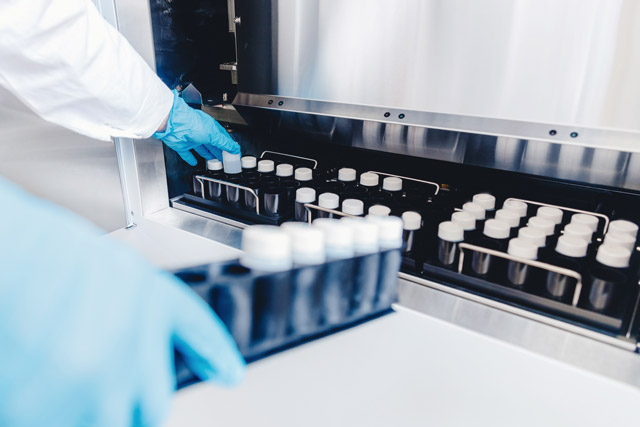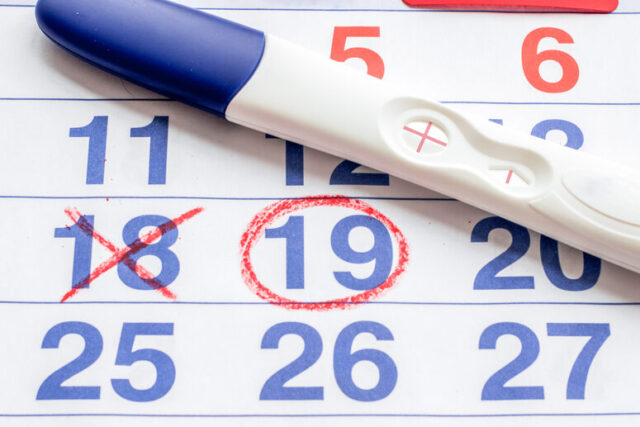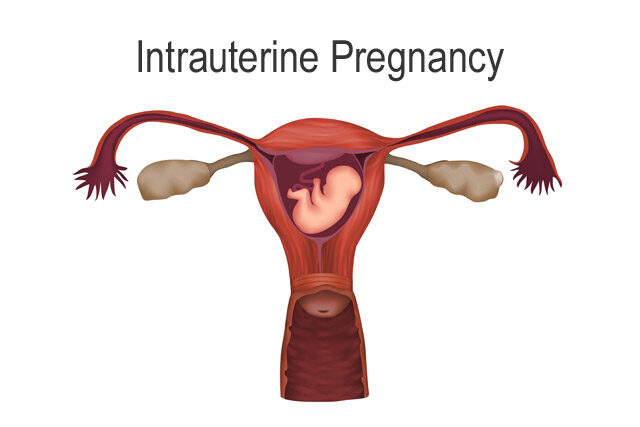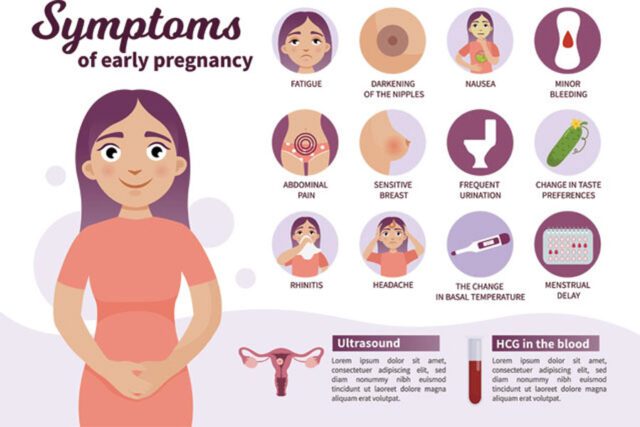Donor insemination is a kind of infertility treatment in which the donor’s semen is placed into a woman’s cervix or uterus. Sometimes, the donor sperm can be applied to fertilize a prepared egg in vitro. Being just artificial insemination, this is a simple procedure that requires, though, some understanding of the process and knowledge of some aspects of it.
Who may need donor insemination?
Intended parents can benefit from using donor sperm in such cases:
- The male partner cannot conceive, and fertility treatment has failed or is not an option. This includes azoospermia (the absence of motile sperm cells), problems with ejaculation, and vasectomy reversal that failed to work.
- A history of genetic disorders or mental illnesses running in the male partner’s family that can be passed to a child.
- An untreatable STD that the male partner has.
- The couple desiring a child is two LGBTQ women.
- Single women also seek donor insemination.
- Individual cases when a conception by intercourse is mostly impossible (for example, asexual couples or persons who suffer from PTSD).
How to prepare for the procedure?
Firstly, you need to find a fertility clinic. Their fertility specialists will fully oversee the insemination process that often needs to be done repeatedly and likely provide you with the services of a sperm bank. You can also get a full preparatory screening and prescriptions for fertility medication there.
The couple or single parent may find themselves in need of counseling. The questions in the possible discussion may address the following issues:
- Processing any feelings and doubts regarding the procedure. This may be religion-based negativity, stereotypes regarding being not quite a “proper” man or a woman, etc.
- Ensuring that this is an informed, consensual, and conscious decision.
- Overcoming the emotions that may follow a decision to become a single parent or the fact that the child will not be genetically related to one of the partners.
- Discussing and coming to an agreement on telling the child the history of their conception and donor information if it is available.
- Discussing and coming to an agreement on which donor you will use.
- Overcoming an issue of a child possibly not having family resemblance.
- For homosexual female couples, there is a question of who will carry the child.
Finding a sperm donor and choosing a procedure type
The sperm sample you need for the insemination can be provided by your fertility clinic, sperm bank, or someone from your connections. The latter requires this person to undergo a full health screening and provide information about their family health history. We also advise you to get legal counseling and remind you that home self-insemination with the sample of someone you know is not considered donor insemination legally.
When using the services of the sperm bank or fertility center, you do not need to worry about the health issues of the donor. Every donor is thoroughly tested, and the samples used are of high sperm quality. You do need to decide, though, if you are getting the biological material from the anonymous donor or so-called semi-anonymous donor that your child may request the information on in the future.
The procedure type depends on how donor semen is being introduced:
- Intrauterine insemination (IUI) means the sperm is delivered to the uterus with the help of a flexible thin tube called a catheter. It has higher chances of successful conception in comparison with IVI.
- Intracervical insemination (ICI) or intravaginal insemination (IVI). This is an introduction of sperm into the vagina with the help of a syringe. This is the only type available for home insemination. Self-insemination at home is available at some sperm banks for those who want to avoid discrimination or anxiety about getting a procedure at the clinic.
This method has lower success rates as the sperm need to travel the fallopian tubes to reach an egg. - In vitro fertilization (IVF) is an option for women with fertility challenges.
The studies show that the possibility of a woman getting pregnant from donor insemination is roughly 17 percent. This means you will probably need 3 to 5 insemination cycles for a successful conception. In general, healthy women aged younger than 35 years have fewer problems with getting pregnant. Thoroughly adhering to your fertility windows and maintaining a healthy lifestyle will help to increase your chances.




